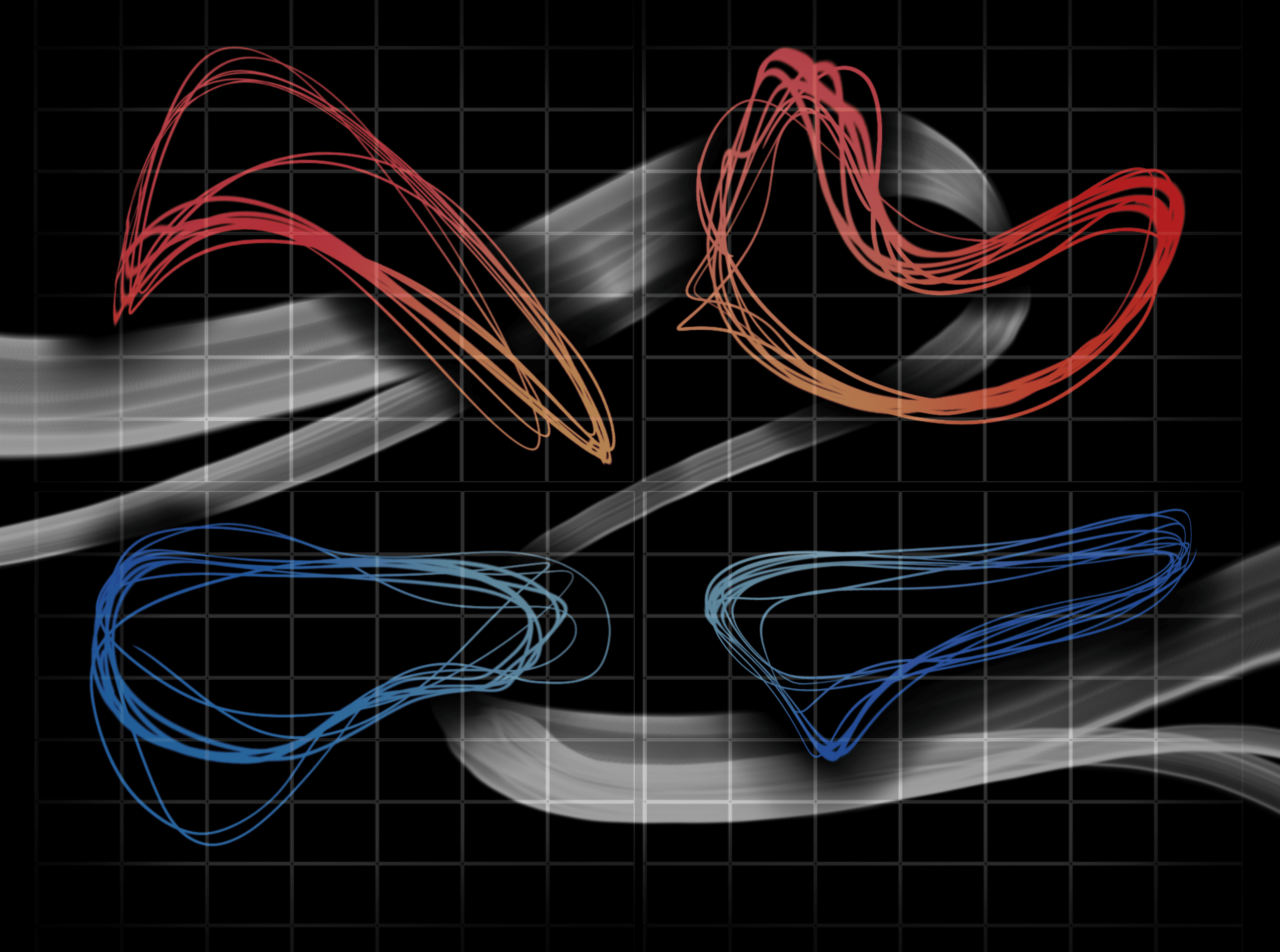Image Description: Oscillometry is a new and very sensitive breathing test that measures the mechanical properties of the lungs. Patients breathe normally into the oscillometer device as it records the resistance (red graphs) and elasticity (blue graphs) of the lungs and generates loops. Depending on the shape of the loops, we can identify different lung diseases. My research is to use oscillometry to predict rejection in lung transplant patients. Most lung transplant patients develop rejection 5 years after transplant and there is no specific treatment. Furthermore, the diagnosis of rejection can only be confirmed 3 months after onset. Our findings may lead to the implementation of oscillometry as a screening tool and permit earlier diagnosis and management of rejection.
Why did you conduct this research? Almost half of lung transplant patients will reject the transplanted lung within five years. Furthermore, the rejection cannot be confirmed until at least three months after the first sign of lung function decline with current tests. Oscillometry is a different modality that is highly sensitive to changes in respiratory mechanics. We believe oscillometry has the potential to predict lung rejection, allowing for earlier medical intervention.
Technique: I drew and coloured the image using a stylus and an iPad on Procreate. I used digital techniques as the measurement and the data analysis process are all technological. I re-interpreted the oscillometry graphs with a white wave in the background for breathing.
Acknowledgements: I would like to acknowledge my supervisor, Dr. Chung-Wai Chow, the Chow Lab, and the University of Toronto.

